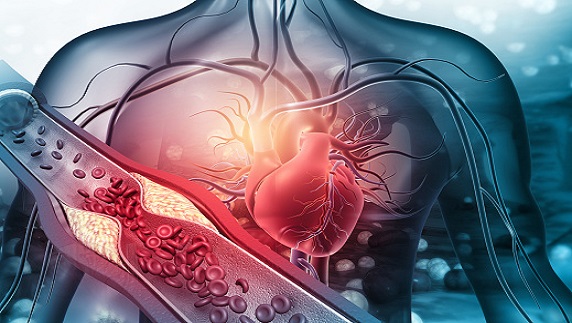
Breaking News
 NonConformist Series: Practical Wealth - Join us virtually Dec 29-30, 2025
NonConformist Series: Practical Wealth - Join us virtually Dec 29-30, 2025
 New bill would allow private citizens to fight cartels: 'WE ARE UNDER ATTACK'
New bill would allow private citizens to fight cartels: 'WE ARE UNDER ATTACK'
 Carnivore Got Me 90% There. This One Drink Changed Everything
Carnivore Got Me 90% There. This One Drink Changed Everything
Top Tech News
 Perfect Aircrete, Kitchen Ingredients.
Perfect Aircrete, Kitchen Ingredients.
 Futuristic pixel-raising display lets you feel what's onscreen
Futuristic pixel-raising display lets you feel what's onscreen
 Cutting-Edge Facility Generates Pure Water and Hydrogen Fuel from Seawater for Mere Pennies
Cutting-Edge Facility Generates Pure Water and Hydrogen Fuel from Seawater for Mere Pennies
 This tiny dev board is packed with features for ambitious makers
This tiny dev board is packed with features for ambitious makers
 Scientists Discover Gel to Regrow Tooth Enamel
Scientists Discover Gel to Regrow Tooth Enamel
 Vitamin C and Dandelion Root Killing Cancer Cells -- as Former CDC Director Calls for COVID-19...
Vitamin C and Dandelion Root Killing Cancer Cells -- as Former CDC Director Calls for COVID-19...
 Galactic Brain: US firm plans space-based data centers, power grid to challenge China
Galactic Brain: US firm plans space-based data centers, power grid to challenge China
 A microbial cleanup for glyphosate just earned a patent. Here's why that matters
A microbial cleanup for glyphosate just earned a patent. Here's why that matters
 Japan Breaks Internet Speed Record with 5 Million Times Faster Data Transfer
Japan Breaks Internet Speed Record with 5 Million Times Faster Data Transfer
Technique reverses heart attack damage by reprogramming scar cells

Inspired by the way young hearts heal themselves, researchers have now found a way to transmute scar tissue into healthy tissue in mice, thereby walking back some of the damage brought about by heart attacks.
In the United States alone, someone has a heart attack every 40 seconds, which means finding a way to prevent and minimize the damage from these cardiac events is a major priority for scientists. While plenty of research goes into preventing heart attacks, we're now seeing investigations into how to repair the heart after it suffers damage, particularly the scar tissue that forms after a heart attack. That's because left-behind scar tissue is more rigid than healthy heart tissue. Because it flexes less, it can restrict the heart's proper functioning and lead to future complications.
Earlier this year, researchers in Australia found a way to combat heart scarring in rats by boosting elastin, a substance that gives some body tissues their stretchy qualities. In that study, the heart scars shrank and became more flexible, restoring the heart to near its normal function.
The new study was carried out by researchers at Duke University (DU), who looked to the function of fibroblasts, cells involved in forming both connective and scar tissue. Their plan was to use a process involving RNA called cellular reprogramming, that would convert fibroblasts back into healthy heart tissue following a heart attack. The technique has previously been studied not only with regard to heart repair efforts, but for restoring motor function in stroke victims, wound repair and more.

 Aluminum Causes Brain Damage
Aluminum Causes Brain Damage Advanced Propulsion Resources Part 1 of 2
Advanced Propulsion Resources Part 1 of 2

